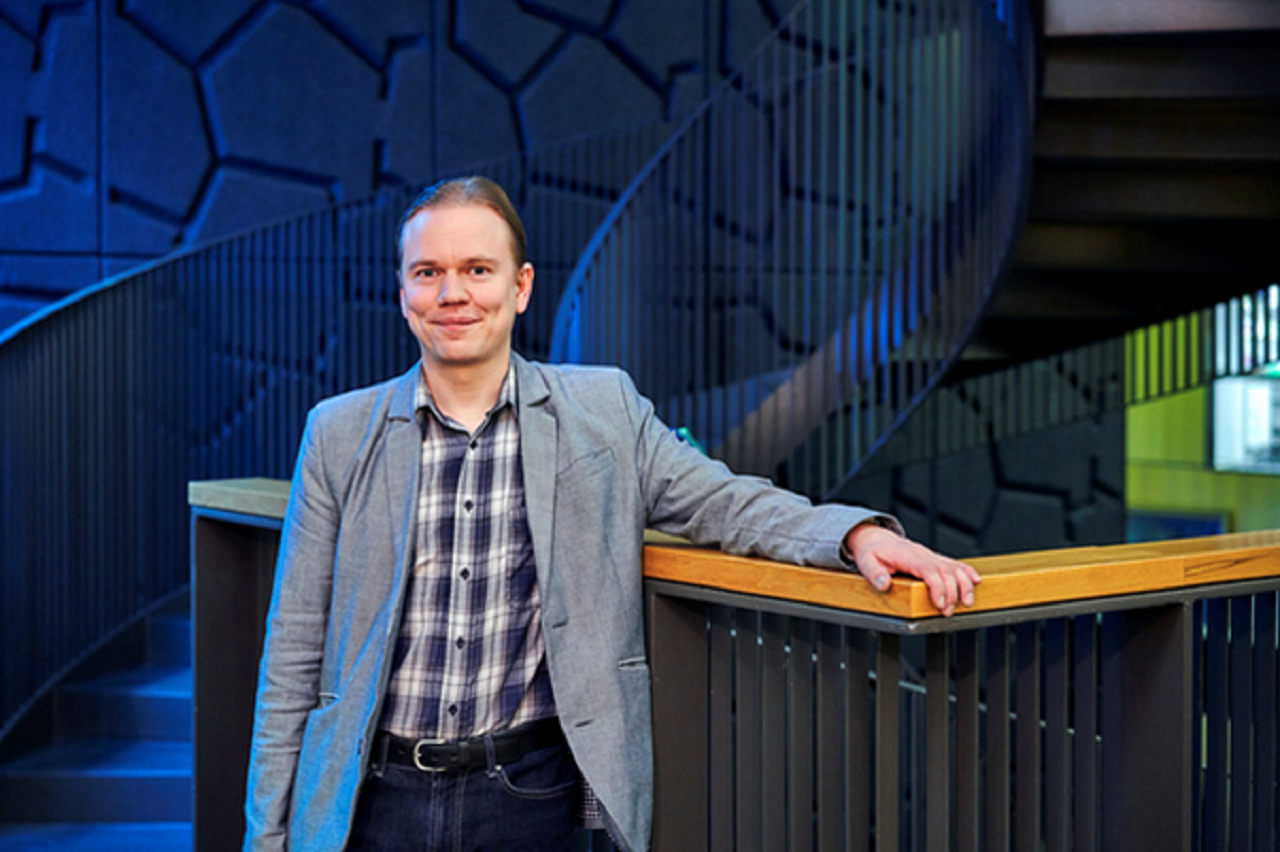Master student Tiril Aurora Lintvedt from the Norwegian University of Life Sciences (NMBU) presented the work related to the MIRACLE project at the workshop “BiospecMLC 2019: Machine Learning and Chemometrics in Biospectroscopy” in Minsk, Belarus, on 20thof August 2019.
The MIRACLE project aims to develop a mid-infrared attenuated total reflection arthroscopic probe for objective diagnosis of degenerative joint diseases. In order to provide timely evaluation of articular cartilage via spectroscopy measurements, the MIRACLE project will need to develop robust protocols for spectral preprocessing. In infrared spectroscopy, preprocessing is needed to separate features in the spectra deriving from chemical absorption from physical effects, such as light scattering. In conventional spectroscopy, preprocessing methods are developed for continuous spectra, where absorbance for thousands of wavelengths are measured. MIRACLE project will develop the innovative quantum cascade laser-based infrared probe, which will employ very limited number of wavenumber readings. Conventional preprocessing approaches are not applicable with this limited number of wavenumber readings, and thus there is a need for new preprocessing methodologies.
Lintvedt’s study is focused on the preprocessing strategies for the spectral data acquired by the MIRACLE arthroscopic probe. It is vital to understand the relationship between the probe measurements and relevant spectral features obtained in those measurements. Lintvedt research investigates this relationship, and how preprocessing of data can affect classification algorithms for accurate assessment of the articular cartilage surface. During the conference she shared some of her thoughts and analysis on this subject.


